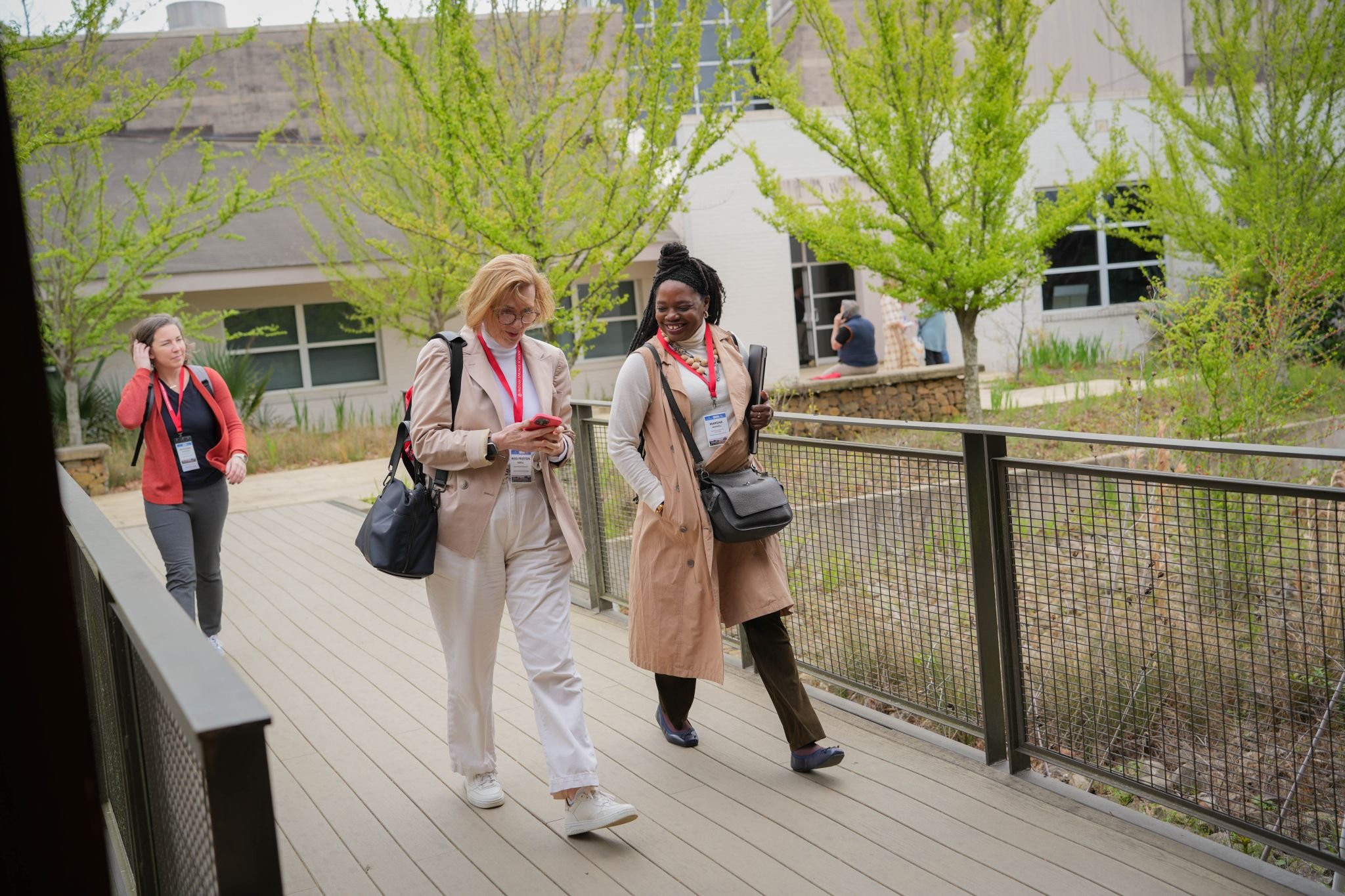As admission decisions land in inboxes, schools are shifting focus from attracting applicants to securing new student enrollment. It’s an exciting yet anxious time, with families weighing options, peer schools competing for the same students, and the pressure to meet enrollment goals is real. Yield season isn’t just about waiting for contracts to roll in; it’s about actively engaging admitted families to reinforce their decision to say yes..
The good news? Yield isn’t just about waiting! It’s also about engagement. The way a school nurtures relationships in these critical weeks can make all the difference. Here are two simple yet highly effective strategies to help admitted families feel confident in their decision to say yes to your school.
Personalized Outreach
While yield events and revisit days play a role, personal connections are what truly influence a family’s final choice. Instead of relying on automated emails, take the time for individualized outreach that reinforces the student’s value to the school community. You’ve been doing this all season, to some extent. Don’t stop now!
A quick, heartfelt phone call call from the head of school, division leader, or beloved teacher can reassure families and answer lingering questions. Instead of a scripted conversation, focus on authenticity: If you are about to have a Head transition, a call from the NEW Head of School is especially powerful (if this is appropriate in your setting).
“I just wanted to say how excited we are about [student's name] joining us next year!”
“We see them thriving in [specific program, class, or extracurricular].”
A simple, thoughtful message from a future teacher or advisor makes a big impression. If possible, mention a specific strength or interest the student shared in their application.
Engaging the student directly: For some schools, parents are the decision makers, but especially as students get older, we know that they have a huge say in the decision. Consider sending a short, personalized video from a teacher, coach, or current student welcoming them and sharing what they’re excited about for next year.
Why is this a good idea, you might ask? Families want to feel confident that their child is not just accepted, but truly wanted and seen. Personal outreach makes their decision feel like a natural next step.
Value-Driven Storytelling: Reinforce the “why”
Parents aren’t just choosing a school, they’re choosing a future for their child, and a community for their family. During yield season, schools should double down on storytelling that reminds families of the unique value they offer.
Now is the time to pull out all the stops with testimonials. Share stories from students and alumni about how your school shaped their growth. Whether it’s a senior who landed at a top college, an alum who started a successful business, or a 5th grader who discovered a love for science, stories make your school’s impact tangible.
Create an "Envision Your Future Here" campaign, or similar. Through social media, email, or short videos, help families picture the long-term benefits of your school. Answer the question: “What will my child gain here that they wouldn’t elsewhere?”
Engage parents through their peers. We know that parents are relying on authentic stories as opposed to our “sales speak”. Consider a brief video or email from a current parent explaining why they chose the school and what they’ve loved most.
Why is this worth the effort? Well, facts and figures may convince parents to apply, but emotional connection and long-term vision seal the deal.
Bonus idea: Celebrate the YES!
Once a family commits, make it feel special! Many schools send basic swag, but adding a personal touch can create an even stronger sense of belonging.
Send a book tailored to the student’s interests, signed by a future teacher or advisor
Deliver a handwritten note from a current student welcoming them
Offer a "Welcome to the Community" call with a student or parent ambassador
Now is the time to lean in. Yield season is a high-touch, relationship-driven process. Every interaction, every story, and every gesture of welcome matters. Schools that prioritize personalized engagement and strategic storytelling will see the results in their enrollment numbers.
I’d love to hear your favorite yield strategies!


















